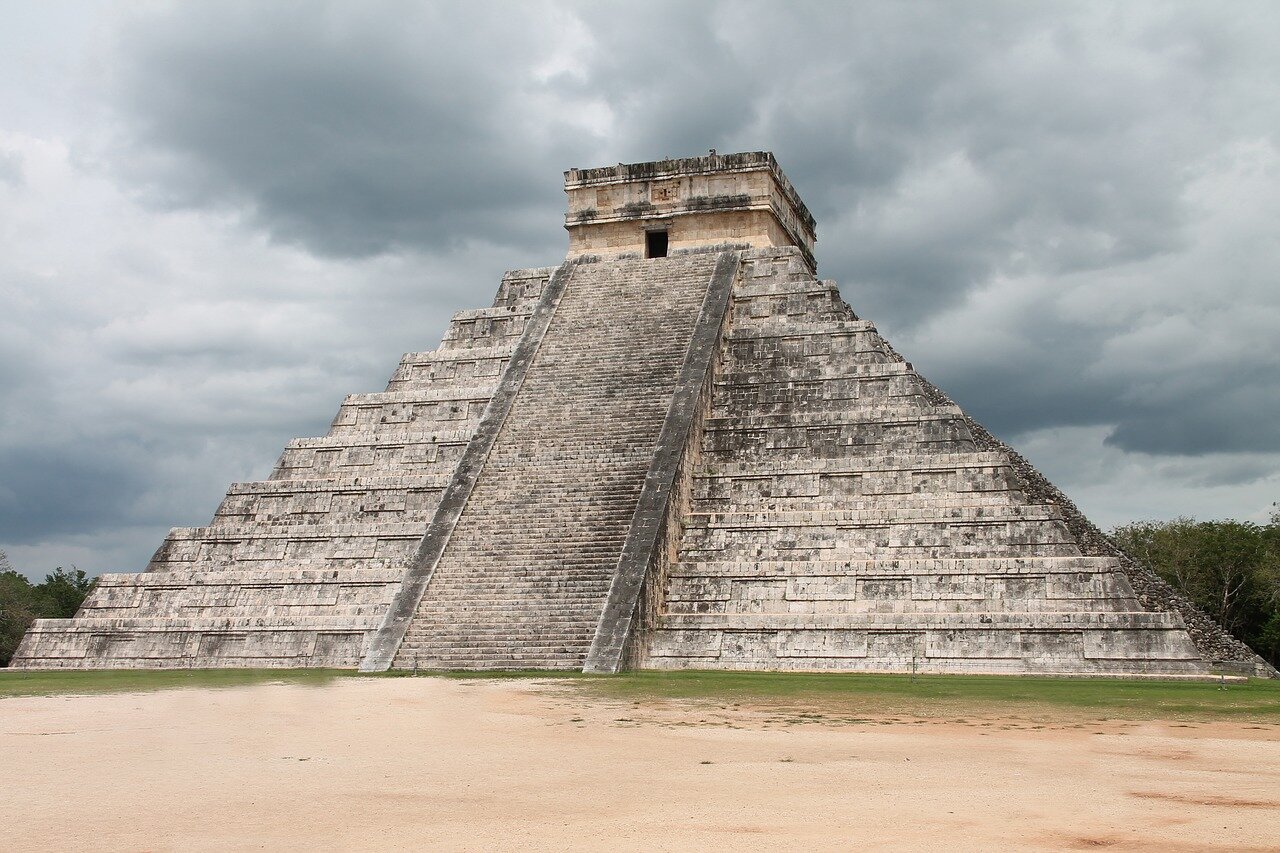Chichén Itzá Reopens to the Public
Chichén Itzá, along with other Mexican touristic destinations, have reopened as part of the country’s plans to recover economically from the effects of the COVID-19 Pandemic. (Source)
After six months of being shut down, Chichén Itzá, the famous Mayan archaeological site, reopened to the public on September 22 after closing on March 19.
The Mexican government responded to the COVID-19 pandemic later than other countries, declaring a state of emergency on March 30. The country then requested a stay-at-home order until April 30. However, due to growing panic concerning the virus, on April 16, the stay-at-home order was extended until May 30. This shutdown also contributed to the long-lasting economic recession in Mexico, especially in the oil and tourism industries. In fact, hotel resort occupancy in certain areas of Cancun fell to 2.8 percent, and Mexico’s oil export price entered negative territory in late April.
To fix this downturn, the Mexican government implemented a three-stage plan to safely restart its economy. The first stage, which started on May 18, allowed municipalities to resume some economic activities if neither it nor its neighboring municipalities had any infections. The second stage began at the end of May, when construction, manufacturing and mining industries began to make reopening plans. Finally, the third stage started on June 1, when a “traffic light” system was used to determine the safety, health standards, and reopening plans of different regions
While Mexico still averages around 4,000 cases per day, Mauricio Díaz Montalvo, Yucatan director of Cultural and Tourist Services, has emphasized the safety standards taken by tourism sites in order to properly enforce health protocols for both workers and visitors.
At Chichén Itzá, visitors have to follow very strict guidelines—they have to wear face masks, have their temperatures checked, and tour the area in groups smaller than 10 people. Chichén Itzá’s hours have also been reduced to 8:00 AM to 5:00 PM, with a set maximum of 3,000 visitors on the site at one time.
Since the country reopened in June, thousands of tourists have already traveled to Mexico, with more than 275,000 people entering and departing the Cancun airport in August. The Mexican government has recognized the desperate need for an economic boost through tourism, and therefore is instituting meticulous health measures in order to allow Mexico’s tourism sector to flourish once again.

